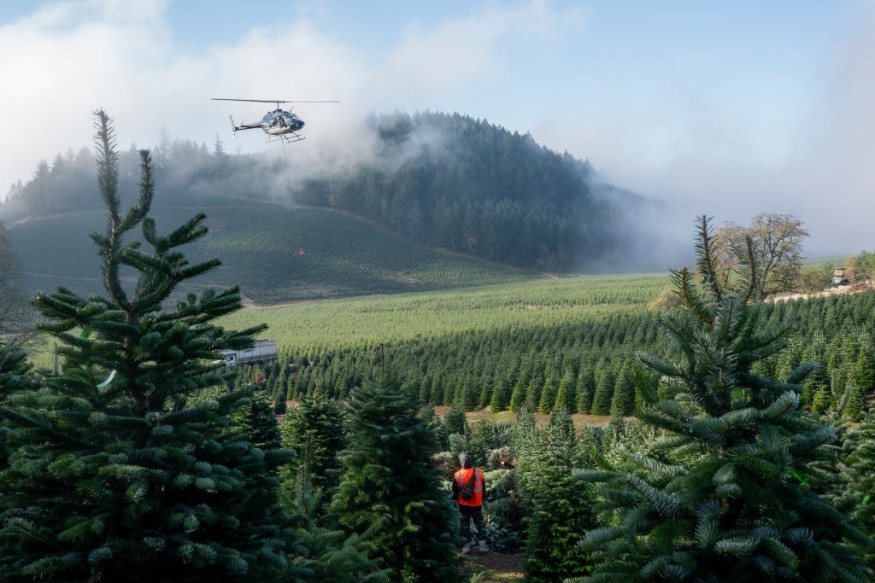Drought and climate change effects have significantly affected some trees in the US Pacific Northwest. Researchers also found that the disturbance could weaken the health of the trees.
Trees are essential for animals and humans. It helps improve air quality, provides oxygen and home to many species. Forests also protect from the worsening effects of global warming and climate change.
In addition, trees provide a livelihood for farmers and communities. It protects them from the impacts of deadly flooding and other extreme weather events. As a result, the protection of forests is crucial.
US Pacific Northwest Forests: Effects of Climate Change

Forests and trees can live for many years. However, their existence is threatened. Recent reports warned of the devastating impacts when trees are massively cut down.
According to reports, forests have experienced prolonged challenging threats:
- climate change
- deforestation
- habitat degradation
- pollution
- the arrival of pests or invasive species
- global warming
- extreme weather events
As a result, researchers looked into the health of the forests in the US Pacific Northwest. In the report, about 15 native tree species in the region suffered from die-offs and health decline. The study raised concerns about the resilience of the trees from threats.
Drought and increasing temperatures have made it challenging for trees to survive. Researchers discovered trees decline due to leaf loss, reduced photosynthesis, loss of vigor and transpiration.
With the decline in trees, the report warned that it could become widespread due to the effects of climate change. Trees can likely not survive or slow down in growth.
Furthermore, climate change can rapidly intensify drought conditions in forests. With a lack of rainfall, more trees will be affected. According to Professor David Shaw, climate change managed to continue as predicted. They found increased Douglas fir mortality, especially for higher elevation areas.
Professor Shaw is the study's co-author and Oregon State University's health specialist.
Trees: Threats of Wildfires and Pests
Furthermore, wildfires are also a main concern affecting many trees. Raging fires can spark due to strong winds, dry vegetation and low relative humidity.
When fires spread, it can become challenging to control and burn wildlife areas. The damage to trees can have corresponding effects on animals. Climate change can also worsen fires due to hot temperatures and prolonged dry conditions.
Meanwhile, pests and diseases are also affecting trees. It can damage trees' health. As a result, the prevalence of pests is a threat to trees. Mitigation control is essential, especially for communities.
Did You Know? Tree Facts!
According to reports, trees help provide needed shade and reduce the effects of global heating.
Related Article : Amazon's Regrowing Forests Crucial for Biodiversity Conservation, Human Population Amidst Climate Change Threats
For more similar stories, don't forget to follow Nature World News.
© 2025 NatureWorldNews.com All rights reserved. Do not reproduce without permission.





